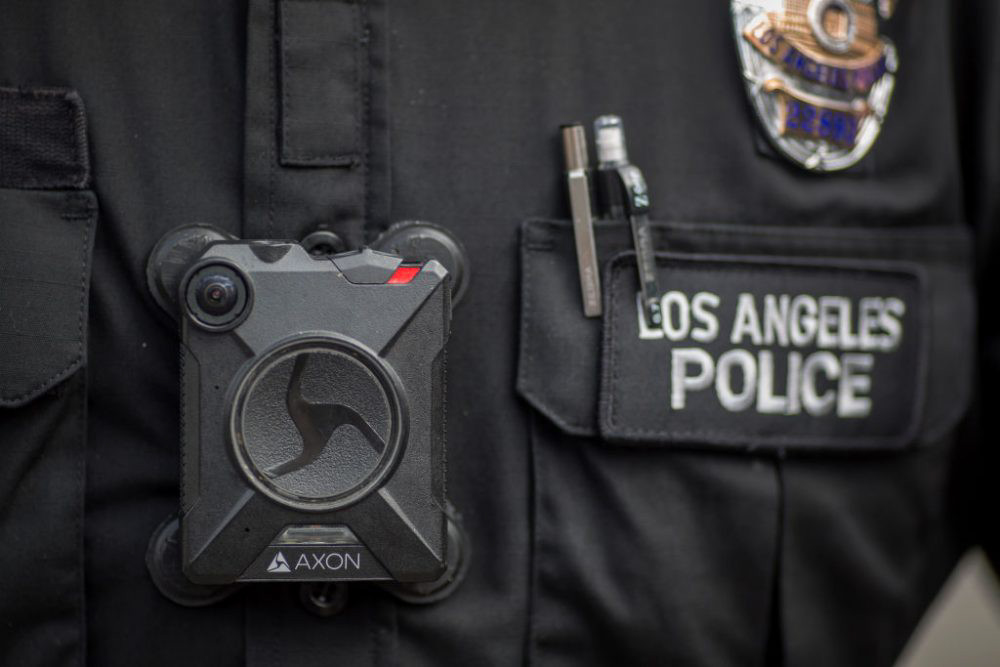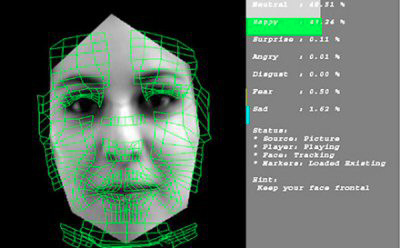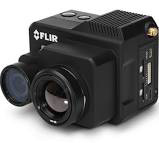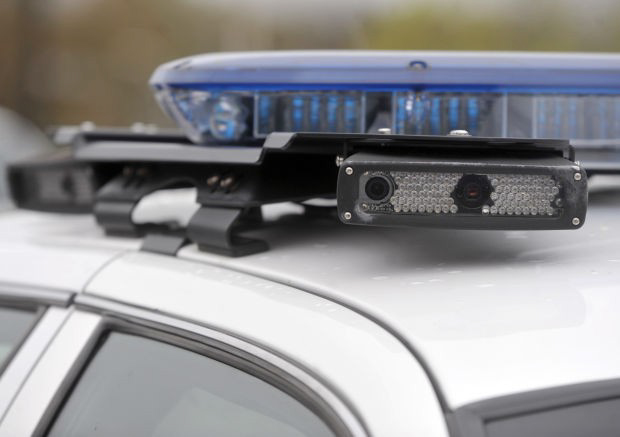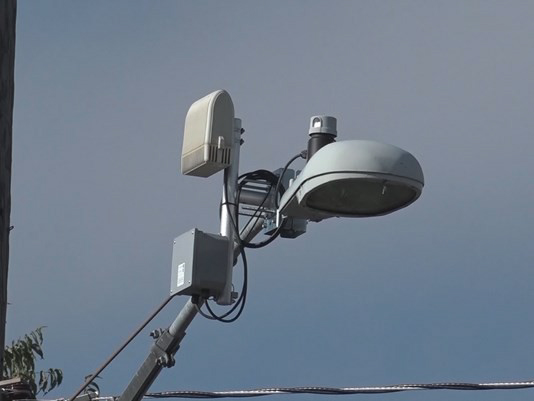Back to main page for the Aaron Swartz Day Police Surveillance Project
Here’s a description of the equipment we are asking about in these letters:
Types of Surveillance Equipment In Use by US Law Enforcement
1. Stingrays (IMSI-Catchers)
One of the most famous pieces of equipment, stingrays (also referred to as IMSI-catcher or cell phone interception devices, impersonate cell phone towers and sweep up targeted communications and those in the vicinity of a target. Stingrays were subject to non-disclosure agreements by chief manufacturer Harris Corp until recently, meaning law enforcement agencies could not disclose their use. Secretive stingray use was rampant for the past 15 years. States and cities have started to finally regulate stingray use with restrictive laws on the books in Oakland, Alameda County and the State of Illinois, to give a few examples.
2. Drones
Drones are also known as Aerial Unmanned Vehicles (UAV’s) and are in use by hobbyists, commercial interests and law enforcement. They have benign uses for search and rescue and fire assistance and less benign uses that can include wide-ranging surveillance of public spaces. Drones can also be weaponized with rubber bullets, tasers, tear gas, or bombs.
3. Body Cameras
Body worn cameras are affixed to police officers and record interactions on video. The big manufacturers are Axon-Taser and Vievu. Some anti-police brutality groups have heavily advocated for the use of body cameras by police to increase transparency about use of force encounters. Most urban police departments now have them, but problems are already starting to emerge about officers failing to turn them on, who has access to the videos, storage of the videos and federal agency access to them.
Axon-Taser has also made disturbing statements about monetizing the body camera footage storage they offer by developing a predictive algorithm based on them.
4. Biometrics – Fingerprinting, Iris Scans, Facial Recognition
Biometric identification covers quite a few technologies. Fingerprinting is long-established and the extent of federal access to DMV databases is slowly being uncovered (see The Perpetual Lineup from Georgetown Law). The FBI’s NextGen database is said to possess biometric data on 50% of the US population. Newer techniques include iris scanning (which is both commercially in use and used in law enforcement) and facial recognition software which allows cross-referencing from mug shots, camera footage, and DMV photos into federal databases. Questions for local law enforcement agencies focus on a) their use of Iris Scan and FR software, if any and b) what kinds of biometric data they share with federal agencies and under what circumstances (i.e. reasonable suspicion, probable cause, bulk collection).
5. FLIR
FLIR’s are thermal cameras that can detect heat and motion behind walls. They have benign uses for Fire Departments where they can pick up heat spots. They have less benign uses for trying to determine the location of people inside a building. FLIR’s are frequently used in the air, attached to police helicopters and to drones.
6. Automatic License Plate Readers (ALPR)
Automated License Plate Readers (ALPR) are in use by most municipal police departments. The readers can be attached to a cop car or affixed permanently or temporarily to a traffic light. ALPR’s take quick scans of the license plates of all cars that pass by the reader, recording the time and location. The large numbers of scans are generally then sent to a local Department of Homeland Security fusion center (here in Norcal, it’s NCRIC) which stores them for periods of time that can be as long as a year.
ALPR images can sometimes capture people inside or in the vicinity of a motor vehicle as well.
7. Sound Detection Systems (ShotSpotter)
Gunshot or Sound Detection Systems are microphones installed in public spaces that are set up to detect loud noises that resemble gunshots and send back a time and location report to local law enforcement. Shotspotter is the primary brand, although there are others. Gun detection microphones are usually set up in poor communities of color and increase the already high levels of over-policing in those neighborhoods. The systems have high false positive rates (68% was documented in East Palo Alto) and are often set off by things like firecrackers. Shotspotter Inc has also expressed interest in developing predictive algorithim services with their saved data.
8. Cameras – Still and Video
Surveillance cameras remain popular with the majority in private hands, but significant municipal and law enforcement use. And everyone has their own in their pocket. Issues surrounding video and still camera surveillance use is how images are stored, for how long, is there federal access and what is the relationship between keeping footage for extended lengths of time in law enforcement custody and reasonable suspicion of involvement in criminal activity.
9. Predictive Policing Software
10. Social Media Monitors
Software programs available to law enforcement agencies track social media posts in order to identify and locate based on search terminology. There are several companies, with one of the largest,
Geofeedia, recently declaring bankruptcy. Social media monitoring largely searches data that is within the public sphere, but does so comprehensively and is often used with little oversight or policy
regarding constitutionally protected and First Amendment activities.
11. (coming soon) RFID/GPS Trackers
RFID is an easily available tracking technology in common use, along with GPS geolocation. Their use in law enforcement operations for mass tracking can be problematic. Proposals have long existed to outfit drivers licenses with RFID chips.


